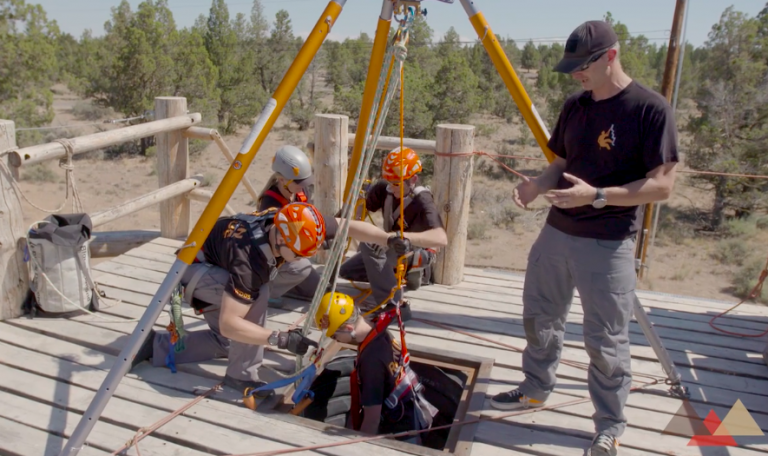Rope Rescue Training Tips
In rope rescue training, the 20% of issues that cause 80% of problems often center around mechanical systems, anchor configurations, and edge safety. These critical failures can disrupt operations and put teams at risk. By focusing on these core areas and refining technical understanding, fire service and SAR teams can significantly reduce operational errors and improve safety.
- Mechanical Advantage Systems (MAS): Misunderstanding the physics behind pulleys and force application leads to inefficiencies or failures in load movement.
- Anchor Systems: Poor anchor selection or setup results in instability, especially in multi-point configurations.
- Edge Transitions: The most frequent errors occur during edge management, where both communication and rigging failures compound.
- Leadership and Team Dynamics: Inconsistent decision-making and communication breakdowns under stress lead to operational inefficiency.
From an engineering standpoint, these issues are often caused by variability in the training environment and misapplication of the core principles of physics and mechanics. Misinterpretations of mechanical principles like vector forces, friction loss, and load distribution within rigging systems often create cascading failures. When teams fail to recognize or adapt to dynamic loads, for example, mechanical advantage systems can become overwhelmed, creating dangerous situations.
Here’s a deeper breakdown of the key problem areas:
1. Mechanical Advantage Systems (MAS)
- Common Issue: Errors often stem from a poor understanding of pulley efficiency, vector forces, and friction loss in rope systems.
- Solution: Focus training on calculating system efficiency, understanding compound MAS, and adapting to dynamic load shifts.
- Technical Strategy: Use software simulation tools to demonstrate mechanical advantage in controlled settings, ensuring a clear understanding of load force ratios.
2. Anchor Systems
- Common Issue: Misjudging anchor strength or incorrect load distribution, especially in multi-point setups.
- Solution: Train teams in dynamic load analysis and anchor point triangulation to ensure stability.
- Technical Strategy: Teach real-time adjustments using load cells to monitor forces on each anchor leg, preventing overloading on a single point.
3. Edge Transitions
- Common Issue: Miscommunication and improper rigging at edges result in falls or load instability.
- Solution: Emphasize edge safety with dedicated team members managing transitions and monitoring belays.
- Technical Strategy: Use training scenarios that simulate high-stress, multi-edge operations. Incorporate sensors that alert teams to sudden shifts in load or tension at critical edge points.
4. Leadership and Team Dynamics
- Common Issue: Poor communication under stress leads to inefficiency in executing rescue tasks.
- Solution: Focus on leadership training under duress, using simulation exercises that challenge decision-making in chaotic environments.
- Technical Strategy: Implement feedback loops in training drills that track and measure communication efficiency and error rates in team coordination.
To dive deeper into solving these issues and explore advanced training solutions, check out the comprehensive resources at the Rigging Lab Academy Blog.
Peace on your Days
Lance










